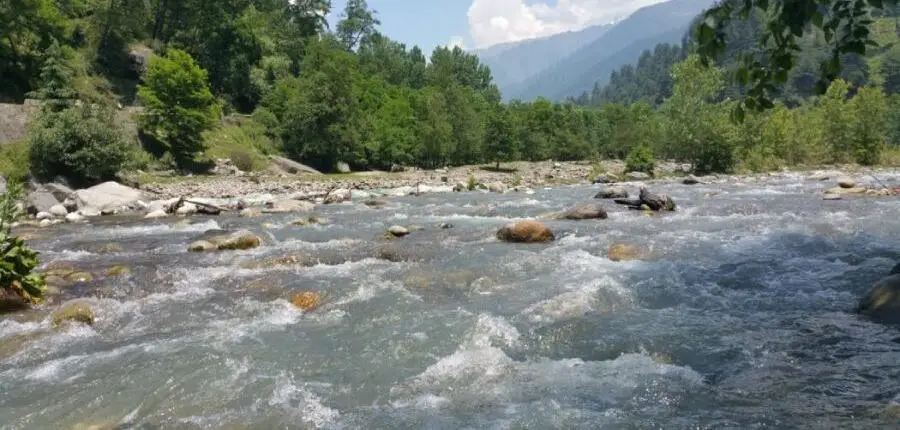
Everything you need to know about rivers in Himachal Pradesh
To add to the natural beauty of Himachal Pradesh, the rivers passing through it plays a major role. Each river flows with its magnificence featuring stunning rocky stream beds, deep green valleys, and river cliffs contributing a great deal to make it paradise land alongside its snow-capped mountains, lush grasslands, and great destination points.
So, knowing all about the rivers is important to travel lovers and tourists to formulate their travel route plan accordingly and explore the breath-taking panorama whilst enjoying the adrenal rushing water activities like white water rafting, and kayaking. Let’s explore everything about the 5 major rivers in Himachal Pradesh.
Beas River
Being recognized as the main river of Himachal Pradesh, the Beas with its origin in the Rohtang Pass of western Himalayas flows through the state with a stretch of almost 470 kilometers and joins the Sutlej River in Punjab. Aka Bibasa, rising in Kullu, at an elevation of 4320 meters, travels through the district of Mandi and riches at Kangra.
Sutlej / Satluj River
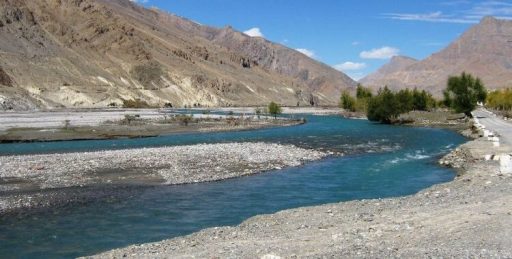
With a great mythological significance, stunning cliffs with valleys filled with lush pines, and a scope of thrilling activities, it has plenty of resources for tourists to explore. It is believed that Veda Vyasa, the author of Mahabharata had created this epic river from the Vyas Kund. For water sports, lovers and adrenal junkies white-water rafting and kayaking in the river Bias can be super electrifying.
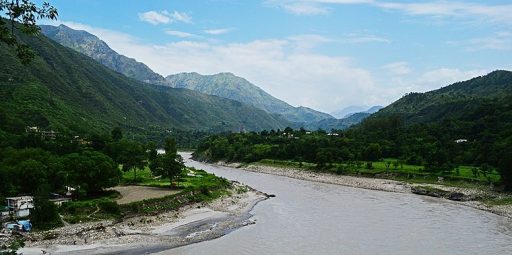
Also known as Satadree, Sutlej or Satluj is amidst the longest rivers in Himachal Pradesh. Originating from the western province of Lake Rakshastal, Tibet it passes through both Punjab and Pakistan. It’s the easternmost tributary of the Indus River and plays a major role in the irrigation for the states of Punjab, Rajasthan, and Haryana. Being an adventure lover, never miss visiting the river to enjoy water activities like kayaking and water rafting.
Chenab River
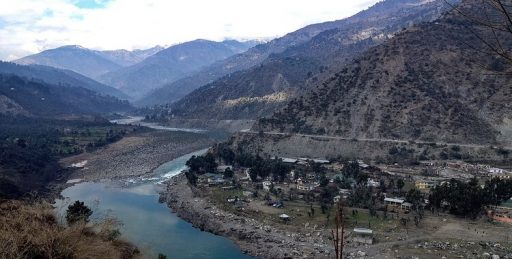
Historically known as the Chandrabhaga River, Chenab is acknowledged as one of the important rivers in both India as well as Pakistan. With its origin in Lahul of the Upper Himalayas, Chenab is flowing through the districts of Ramban, Kishtwar, Doda, Kishtwar, Jammu, and Reasi and finally joins the river Indus. It is also famous for river rafting.
Yamuna River
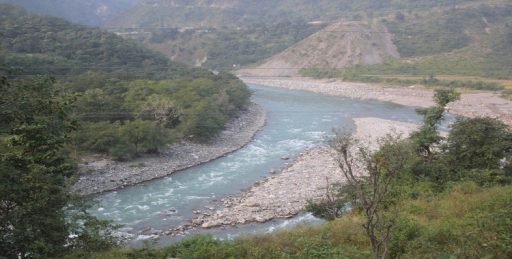
Regarded as a major river of Himachal Pradesh, Yamuna is the second-largest tributary of the Ganga and the longest all over India. It travels through the states of Uttar Pradesh and Haryana before entering Uttarakhand and Delhi. While passing through different states of India, the river meets tributaries. Because it runs along with Ganga, the name Yamuna has been derived from the Sanskrit term ‘Yama’ which means ‘twin’. Do not forget to carry your binocular to explore the natural beauty of its lush landscapes and eye-striking birds in its greeneries.
Ravi River
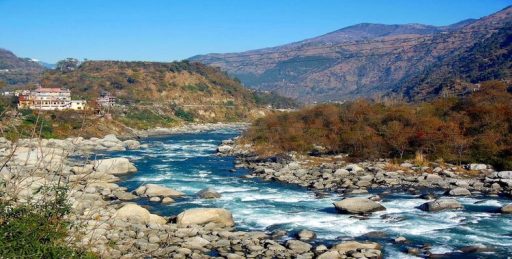
Traditionally known as Iravati, the Ravi River in Himachal Pradesh is acknowledged as a transboundary river for its great contribution to the lives and livelihood of people in East Pakistan and northwest India as flowing through them. The river has formed a major part of the Indus River basin. If you an avid to view the picturesque beauty of nature along with thrilling water sports activities including kayaking and white-water rafting, making a trip to Ravi is a must for you.
Himachal Pradesh is a state in northern India that is blessed with abundant natural beauty and diverse landscapes. One of the most striking features of this state is its rivers, which flow through the mountains and valleys, providing water, energy, and livelihood to the people. The rivers in Himachal Pradesh are also a source of attraction for tourists, who can enjoy various activities such as rafting, fishing, camping, and sightseeing along their banks.
The Sutlej River in Shimla
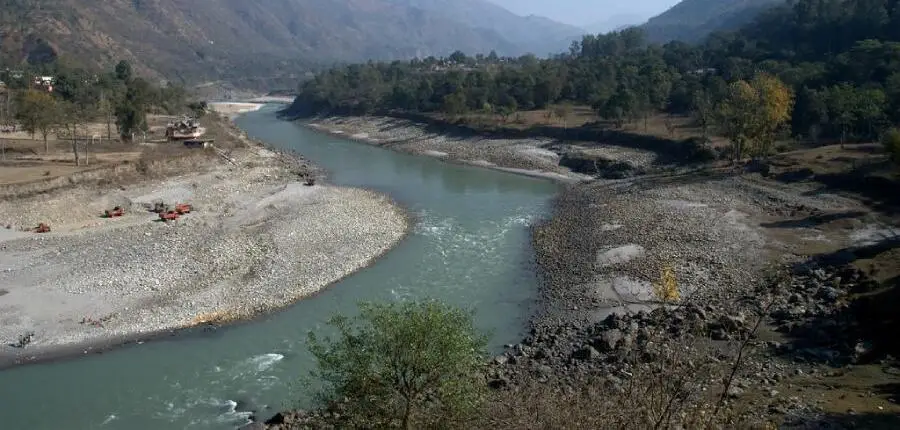
The Sutlej River is the easternmost tributary of the Indus River. It originates from Lake Rakshastal in Tibet. It flows westward through China, India, and Pakistan. It passes through the Kinnaur and Shimla districts in Himachal Pradesh before entering Punjab. It then merges with the Chenab River in Pakistan to form the Panjnad River.
The Sutlej River is known for its power and potential. It is one of the major sources of hydroelectricity in India. It also supports irrigation and agriculture in Punjab and Rajasthan.
The Sutlej River has historical and political significance as well. It was the site of the Battle of Hydaspes, where Alexander the Great defeated King Porus in 326 BC. It also marked the western boundary of British India until 1947.
The Chenab River of Lahaul and Spiti
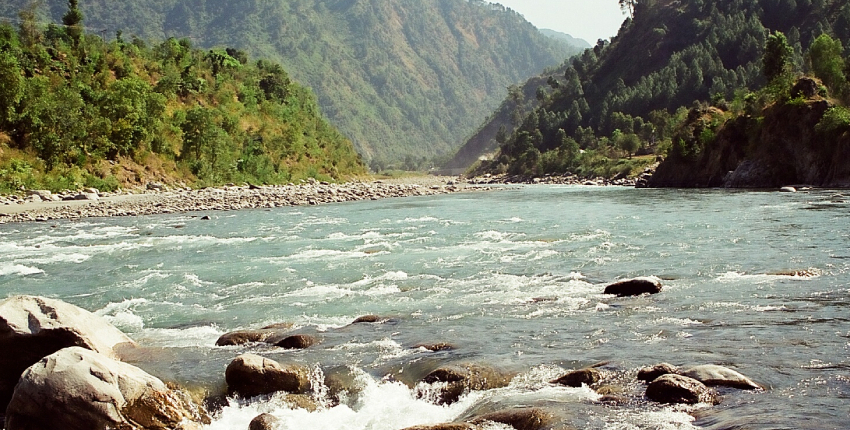
The Chenab River is the longest and largest river in Himachal Pradesh. It originates from the confluence of two streams, Chandra and Bhaga, near Tandi in Lahaul and Spiti district. It flows westward through the Pangi valley and enters Jammu and Kashmir. It then joins the Indus River in Pakistan.
The Chenab River is known for its spectacular views and thrilling rapids. It offers a challenging adventure for rafters and kayakers. It also supports a rich variety of flora and fauna, such as alpine meadows, pine forests, wildflowers, snow leopards, brown bears, ibexes, and trout.
The Chenab River has a cultural and religious significance as well. It is mentioned in the Rig Veda as one of the seven sacred rivers of India. It is also associated with the legend of Heer Ranjha, a famous love story of Punjab.
The Ravi River from Bara Banghal
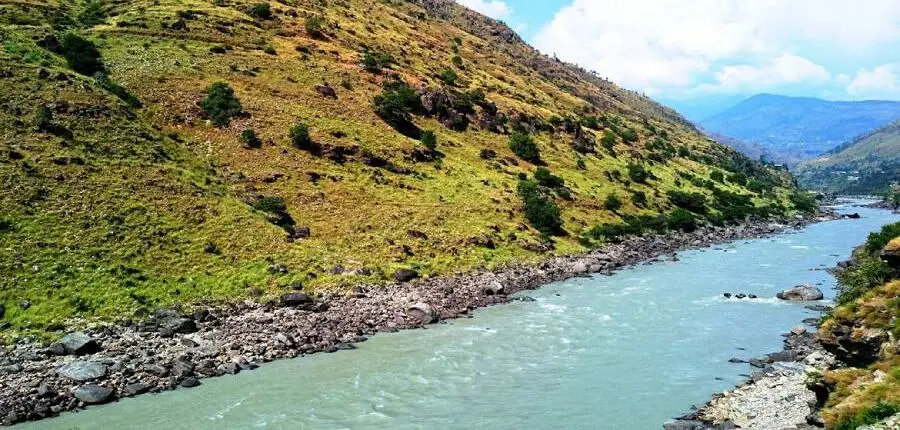
The Ravi River is one of the five tributaries of the Indus River. It originates from the Bara Bhangal range in Kangra district. It flows southward through the Chamba Valley and forms a natural boundary between India and Pakistan. It then merges with the Chenab River in Pakistan.
The Ravi River is known for its scenic beauty and cultural heritage. It offers a serene and picturesque landscape for tourists and pilgrims. It also hosts several historical and religious sites, such as the Bharmour town, the Chaurasi temple complex, the Manimahesh lake, and the Khajjiar lake.
The Ravi River has a historical and mythological significance as well. It witnessed the battle of the ten kings in ancient times, where Sudas defeated his enemies with the help of Indra. It is also believed to be the birthplace of Lakshmana, the brother of Rama.
The Beas River from Pir Panjal Range

The Beas River is one of the most important rivers in Himachal Pradesh. It originates from a spring at Rohtang Pass in Kullu district. It flows southward through the Kullu Valley and Mandi district. It then enters Punjab and joins the Sutlej river near Harike.
The Beas River is known for its enchanting beauty and diverse activities. It offers a splendid view of the snow-capped mountains and lush green valleys. It also provides opportunities for adventure sports such as rafting, paragliding, skiing, trekking, and camping.
The Beas River has a spiritual and literary significance as well. It is believed to have been created by the sage Ved Vyasa, who also composed the Mahabharata epic on its banks. It is also associated with the poets Kalidasa and Rabindranath Tagore, who were inspired by its charm.
The Yamuna River from Yamunotri
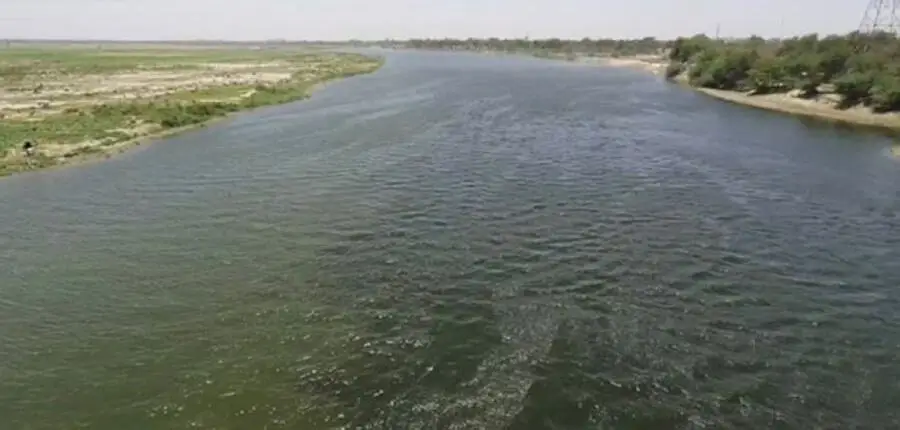
The Yamuna River is one of the main sources of water for Delhi and forms a part of the Ganges basin. It originates from the Yamunotri glacier in Uttarakhand. It flows southward through Himachal Pradesh, Uttarakhand, Haryana, Delhi, and Uttar Pradesh. It then joins the Ganges River at Allahabad.
The Yamuna River is known for its sacredness and pollution. It is revered as a goddess and a consort of Lord Krishna. It also attracts millions of devotees who take a dip in its waters during festivals such as Kumbh Mela and Yamuna Chhath. However, it is also one of the most polluted rivers in India due to industrial and domestic waste.
The Yamuna River has a cultural and artistic significance as well. It is the backdrop of many legends and stories related to Krishna and his beloved Radha. It is also the inspiration for many poets, painters, musicians, and architects, who have celebrated its beauty and grace.
Leave a Reply